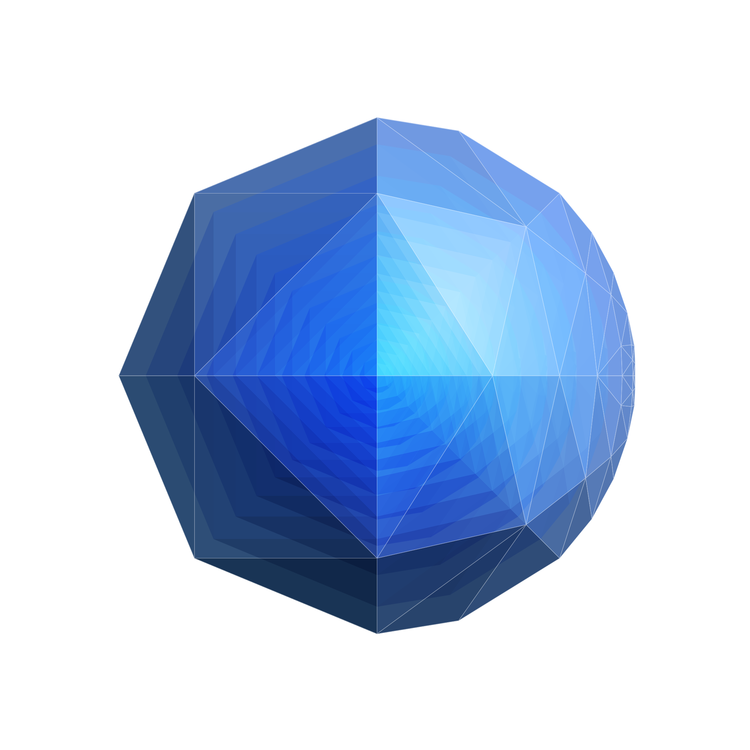Dr. Fabian Kragenings

Parameters of design
(School of Design)
A design is never finished. A product, on the other hand, has to be. A designer’s work consists of blending influencing factors in iteratively staggered versions and making creative decisions according to his or her individual judgement. To a large extent, decisions are then based on various factors relating, for example, to production, technology, politics or culture, and these are decisive for the shaping of a product in the context of its temporal production conditions. On the one hand, these parameters (Greek: para = Eng.: »side«, metron = Eng. »measurement«) provide the creative space and framework in which design takes place; on the other, and this is the guiding proposition of this doctoral project, they influence the act of designing itself. Design, as well as the thinking in and about design, has changed since the mid-20th century through the advent of computer-based, parametric programs. The possibility of entrusting a digital (calculation) medium with relevant design process components ultimately constitutes a gain in efficiency. However, within this development the influence of design activities must also be reinterpreted, as decisions are now being planned, provoked and evoked abstractly. Work being delegated in this way is leading to a meta-level of design evolving – the effects of which must also be considered. This paper stipulates that within such a framework of meta-effects, the designer must not lose sovereignty over the medium/the program. What is needed instead is a configuration of design that not only sets parameters and stipulates default values but also supplies a body of rules or guidelines connecting these – a body of rules in which relevant factors are coordinated in complex ways.
On which levels and to which degrees of effectiveness the parametric can be experienced is to be investigated further. An analysis of select historical examples will provide the necessary foundation for clarifying the characteristic aspects of the parametric and to finally apply these to product design. It can be assumed that parameters remain constant in each individual case only, but that they can be modified and re-evaluated in each new application. Parameters can be affiliated on the one hand with a certain dynamism and the fast-moving nature of designs and their diversification, on the other hand with a kind of consistency that is characterized by an evolutionary expansion in design activities.
Parametrization processes can be found most notably in cases where seemingly mundane processes and behavioural patterns are understood in terms of information – finally also being mathematized. What is required here is a consistency, a basic form or a fundamentally secure platform, so that variance can even arise in the first place and lead to new results – which in turn may be rejected or followed up on. The parametric then does not distinguish itself merely through the erratic or seemingly arbitrary selection of new values and contents, but also through its evolutionary character while creating an impression of substantiality. The intricate interrelationships, in which these metric fields of tension exist, as well as the role of the designer subjected to these metrics, will be determined extensively in this doctoral project. Ultimately, the aim is to record new insights and forms of use for product design.
Tutors:
- Prof. Dr. Martin Gessmann
- Prof. Frank Zebner
Prozess als Gestalt Parametrie als grundlegendes Funktionsprinzip von Gestaltung
